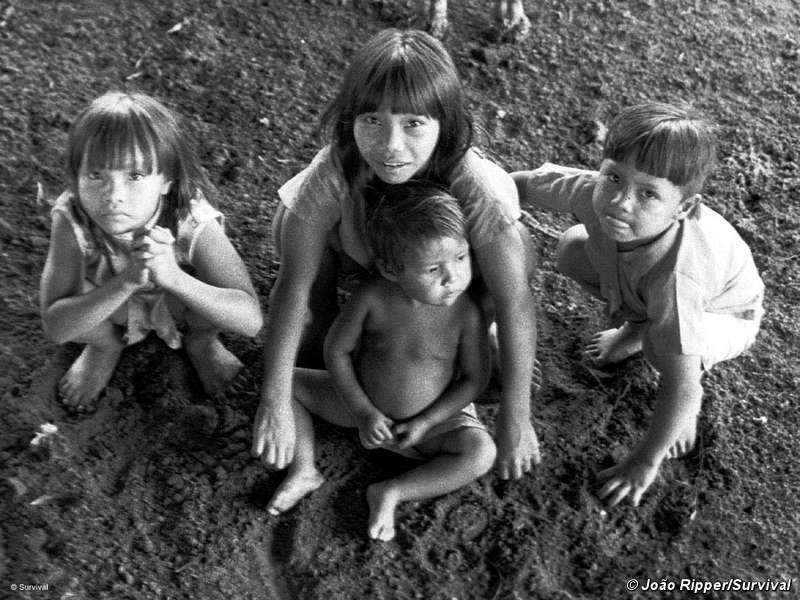By R. Renee Yaworsky
Impunity Watch Reporter, South America
CARACAS, Venezuela—A deadly riot inside one of Venezuela’s overcrowded prisons has left 16 people dead and another 35 injured. This marks the second time violence has erupted at this prison just this week alone.
According to prison official Consuelo Cerrada, the riot occurred Wednesday between rival gangs vying for power within the Tocoron prison in Aragua state, 75 miles south of Caracas. The fighting lasted for eight hours while inmates fired automatic weapons and hurled grenades at other inmates and guards. Local police were unable to take control of the combat until the riot began to subside of its own accord.
It is believed that the riot was sparked by the murder of a gang leader earlier this week. Six of the wounded are still hospitalized. Four of the injured were women relatives of inmates who were hit by stray bullets while anxiously awaiting news outside the prison.
On Monday of this week three inmates were murdered and four correctional officers were injured at the same prison in a separate display of violence.
The Tocoron prison has yet to release an official statement on the riot and inmates’ families have demanded answers; some relatives have created blockades on nearby roads to protest the lack of information.
Venezuela’s prisons are notoriously overcrowded and plagued by incessant gang violence. About 40,000 inmates live in prisons that were constructed to hold only 15,000.
According to Venezuelan Prison Watch, an organization against prison violence, over 220 inmates died in the country’s substandard prisons in just the first quarter of 2010 alone. Gangs in Venezuela’s prisons battle over control of the cellblocks and the trade of weapons and drugs.
Earlier this month thousands of prisoners throughout the country protested poor prison conditions and human rights violations by guards by joining a hunger strike.
The Inter-American Commission of Human Rights has asked Venezuela to increase security and protect the human rights of inmates in the country’s prisons.
For more information, please see:
AP-16 inmates killed in prison riot in Venezuela-30 September 2010
Gather-Gang Battle in Venezuela Prison: Ten Dead-30 September 2010
Americas Quarterly-Gun Battle Grips Venezuelan Prison-30 September 2010
BBC-Ten die in Venezuela prison gang battle-29 September 2010


